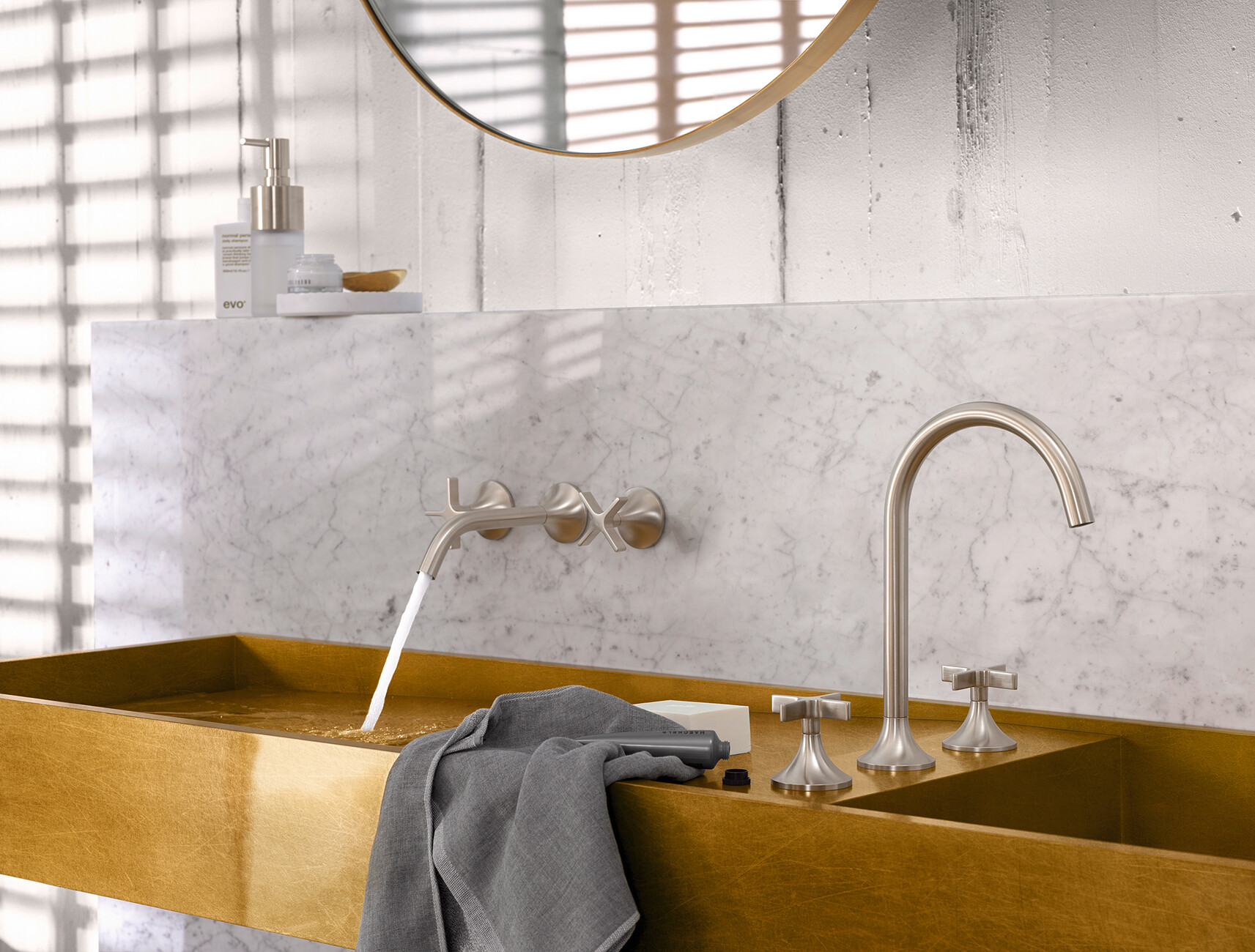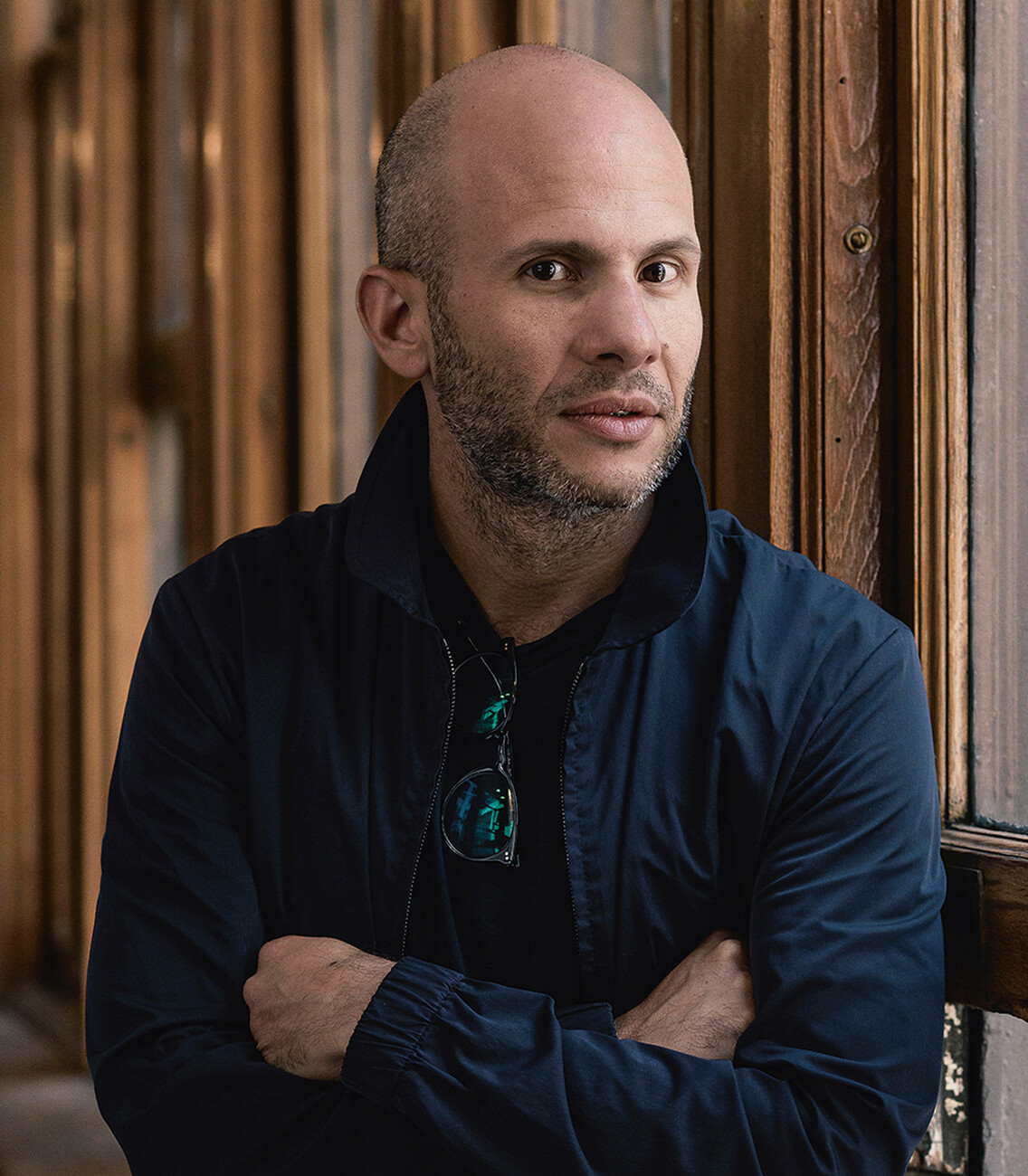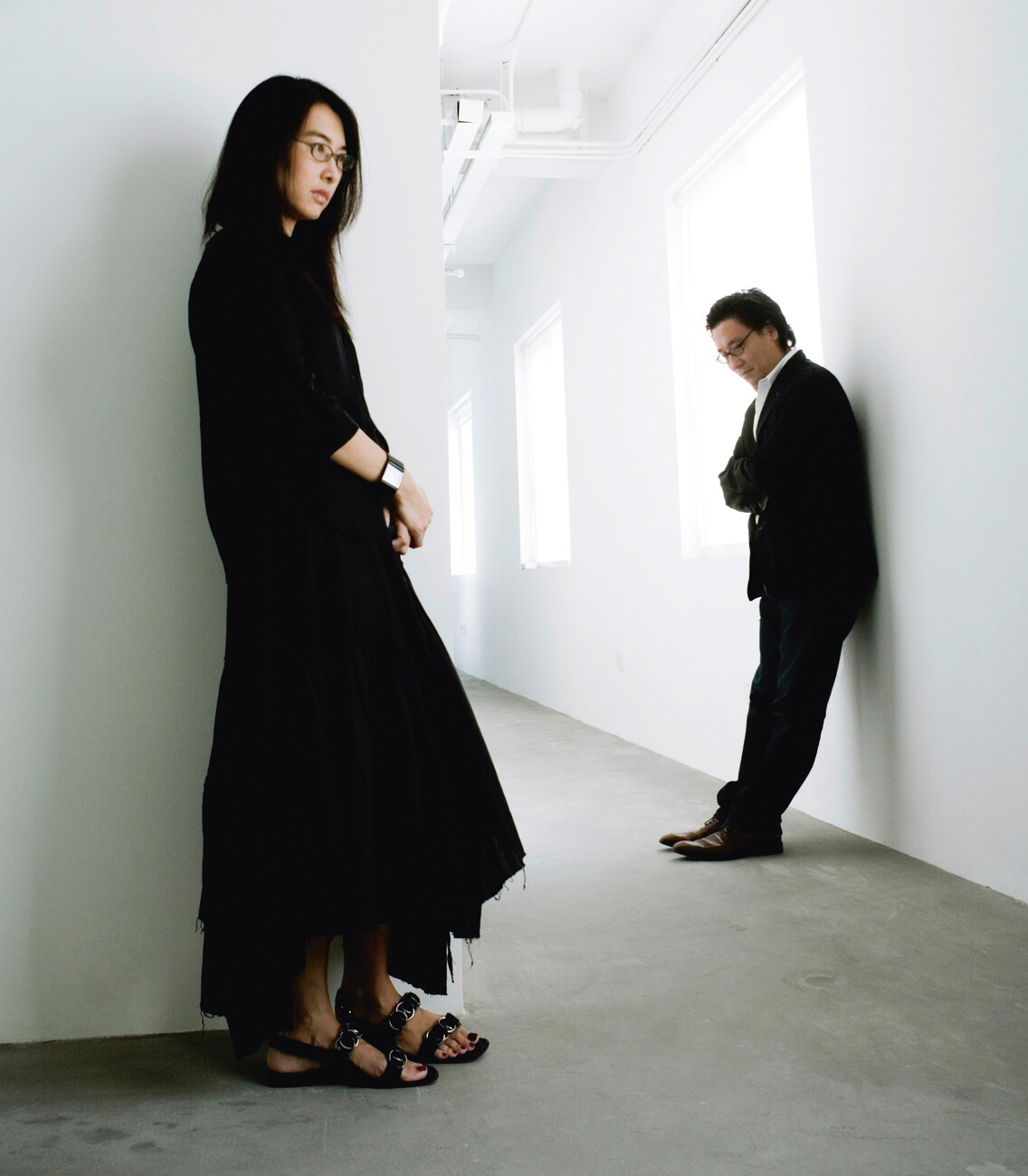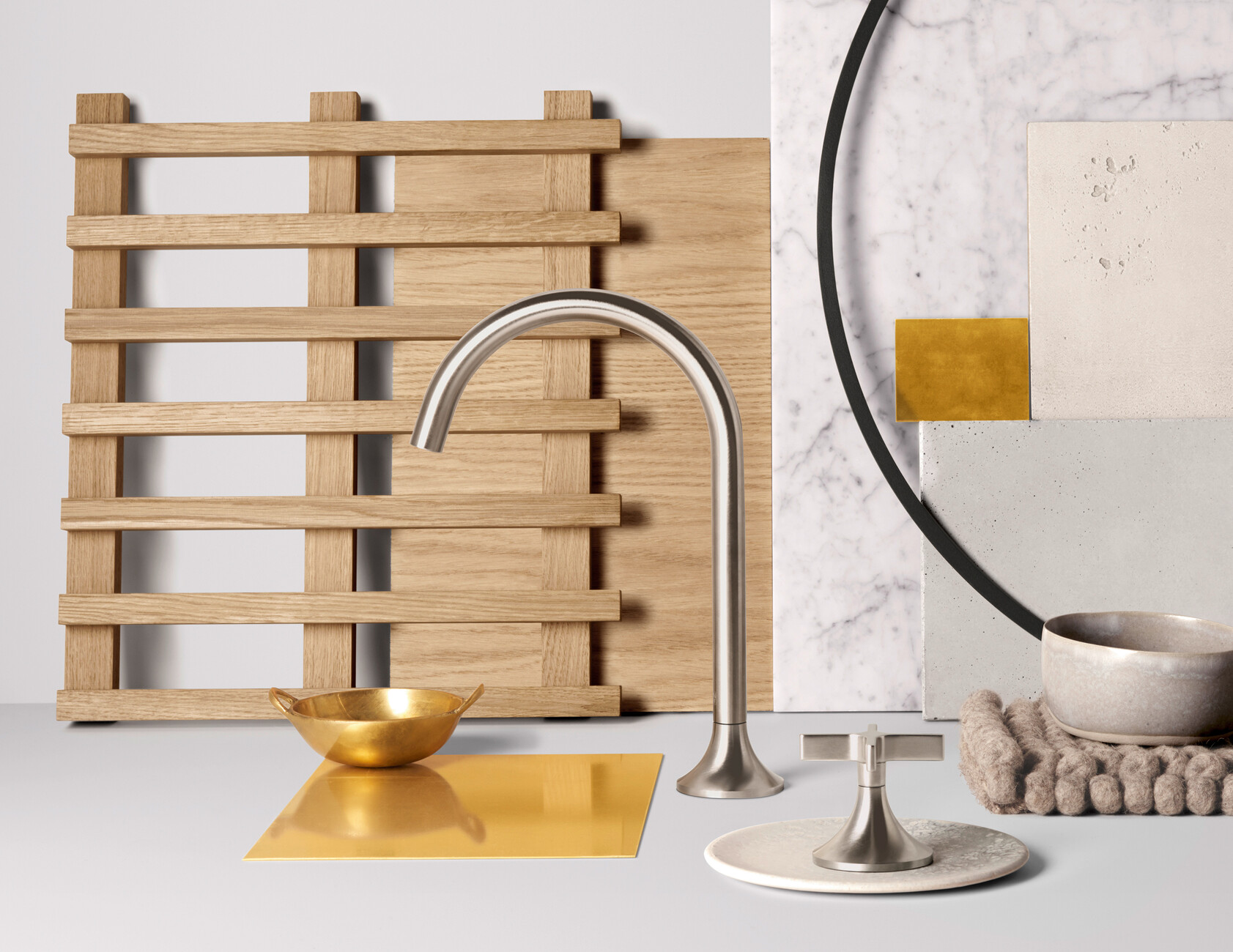STYLEPARK DORNBRACHT
Celebrating bathroom architecture
Classic with a contemporary twist – “Vaia” is the name of the new range of faucets by Dornbracht which was launched at ISH in Frankfurt am Main at the beginning of the year. One of the range’s signature elements is its cross-handle faucets, an element which was reinterpreted back at the beginning of the 1990s by Dornbracht and Sieger Design with the “Tara” faucet line. However, in contrast to the latter’s pared-down, geometric look “Vaia” seems softer and has flowing transitions. Taking its lead from the current “transitional style” trend in interior design, the “Vaia” combines traditional elegance with a contemporary clarity, thus giving the range the flexibility to fit in with various different kinds of bathroom architecture.
Just how much variety is possible by combining the traditional with the modern is demonstrated by the concept studies developed for Dornbracht by two firms of international architects – Rafael de Cárdenas and Neri&Hu. Their ideas formed the basis for clear bathroom architectures which were subsequently elaborated by the agency Meiré und Meiré and are now available as inspiration for architects, interior designers, bathroom planners and house builders in the private sector.
Playing with contrasts
Designer and architect Rafael de Cárdenas, well-known for his luxurious solutions, promulgates a multidisciplinary approach in New York City and London offices. The “Vaia” faucet inspired him to produce a bathroom architecture whose mesmerizing, flowing look results from combining simple geometrical shapes with a wall boasting sweeping lines. The footprint of the design is similar to a round arch with a wall snaking through it in an S shape and with the washstand, the shower and a recessed bathtub integrated into it. The shape of the arch is not only part of the structure of the room, but is also reflected in that of the wall openings, the arrangement of the marble slabs on the floor and the translucent barrel arches directly above the shower.
This sensual interplay of light and shadow is also to be found in the bathroom architecture devised by Meiré und Meiré. Taking its lead from central elements of de Cárdenas’ design and in combination with the simple materiality of brick, it conveys a feel which is at once both archaic and contemplative. This mood is underscored by the dark, satin-finish faucets in matte dark platinum and the smooth surface of the heavy, monolithic washstand. Materials such as acrylic stone, tinted glass and moss, marble, bog oak, cognac leather and a violet fitted carpet complete the look.
Celebrating rituals
The influence of Asian building culture is clearly noticeable in the design by Lyndon Neri and Rossana Hu, who together head up the Shanghai-based architectural bureau of Neri&Hu. Their design follows in the Asian tradition of the bathroom as a place to linger, one of regeneration. As such, it focuses on the healing and fortifying power of water. With this focus in mind, everyday rituals become particularly important and are positively celebrated. Neri&Hu accordingly allocated their golden washstand a central position in their architecture, thus providing the “Vaia” faucets in matte platinum with an impressive setting. Something in common with de Cárdena’s design is the openness of the architecture – but whereas in de Cárdena’s design diffuse daylight filters through the transparent cupola, with Neri&Hu’s it floods in unchecked. Moreover, Neri&Hu’s design provides a further link with nature – connecting their interior with the outdoor area, the water which falls through the opened roof when it rains collects in a basin. In the corresponding bathroom architecture, the transitional nature of these designs is reflected in the interplay of the materials used – with gold being combined with wood and high-end marble with raw concrete.
From July 2017, Dornbracht will use the hashtag #createanewbalance to invite architects, interior designers, designers, bathroom planners and interested consumers to share their own interpretations of the transitional style.









